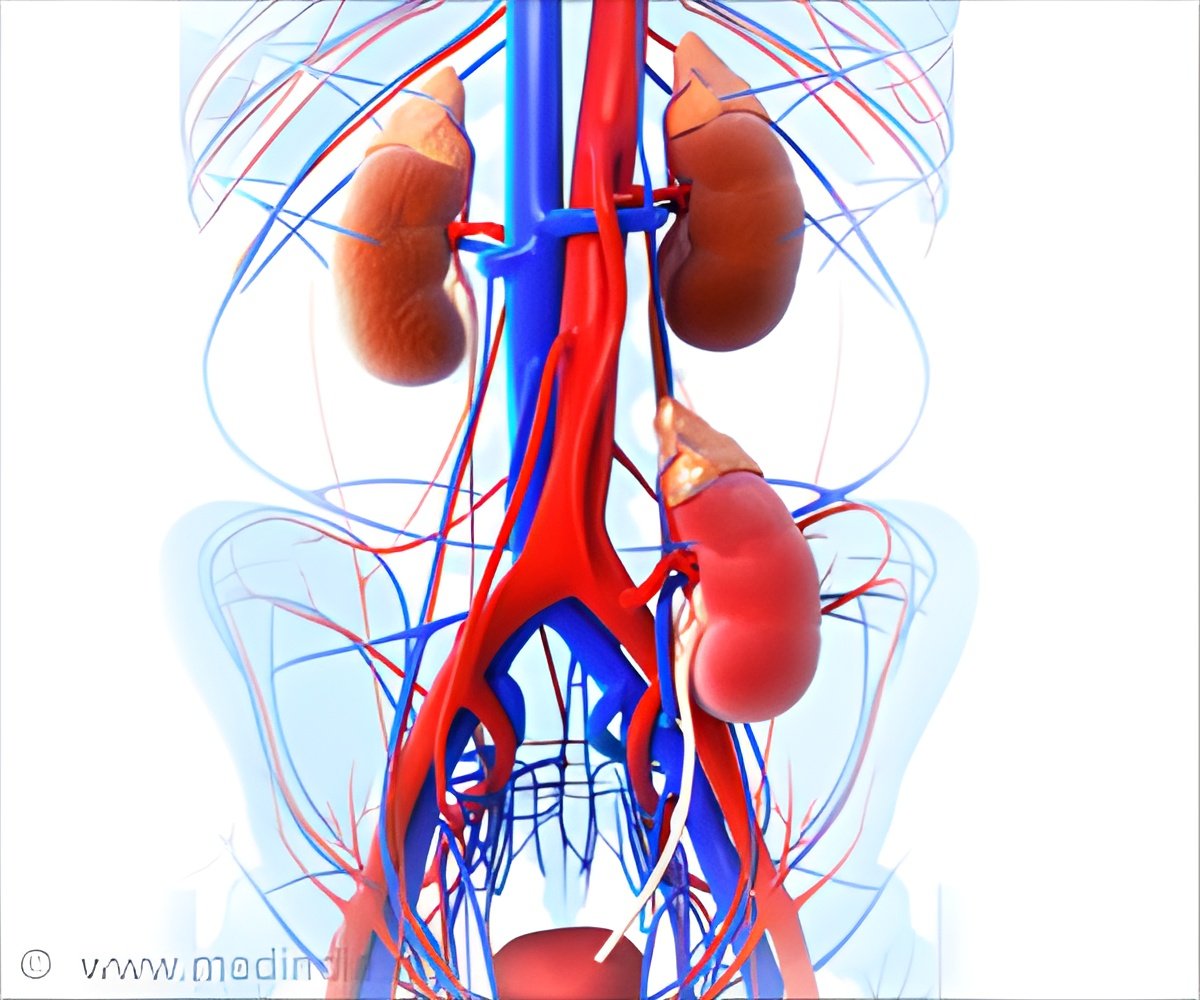
‘Changes to the system that distributes deceased donor kidneys nationwide has significantly boosted kidney transplantation rates for black and Hispanic patients on waiting lists.’
Tweet it Now
The research, described online in the Journal of the American Society of Nephrology, also showed other 'winners and losers' in the new system. Younger adults gained wider access to these coveted organs, compared to those who are still 'overrepresented' on recipient lists - those over 50 years and those whose immune systems more readily tend to reject donor organs. The investigators also emphasized that the changes did nothing to increase the number of minorities on the transplantation waiting lists. Dorry L. Segev, associate professor of surgery at the Johns Hopkins University School of Medicine, said, "The new allocation policy only addresses the population of patients on the waiting list. There are still profound disparities for non-Caucasian candidates getting into the system in the first place. This change was largely meant to increase transplant access to minorities, who often aren't placed on the waiting list in a timely manner after beginning dialysis."
In their study, Segev and his colleagues compared transplant rates and other data from nearly two years before the new rules were in place to nearly 10 months afterward. During this short time, he says, transplant rates for deceased donor kidney recipients jumped 19% for blacks and 13 percent for Hispanics. Among 20,692 transplants performed in the 23 months prior to the new allocation system, black patients received 6,566 (31.7%) and Hispanic patients received 3,505 (16.9%). Among 8,481 transplants performed in the 10 months after the new allocation system, black patients received 3,156 (37.2%) and Hispanic patients received 1,561 (18.4%).
Other groups benefiting from the new rules are adults between the ages of 18 and 50. Segev said, "Under the old first come, first served rule, donor organs predicted to last for many years were often transplanted into patients who weren't expected to live as long, and organs predicted to have a short life span were often transplanted into patients expected to live a long time. The study shows that under the new rules, which match organs and patients partly on likely longevity, the transplantation rate increased by 47% for candidates ages 18 to 40 and by 17% for candidates ages 41 to 50."
Conversely, the new rules disfavored older candidates. The transplantation rate declined by 7% for those between 51 and 60, by 10% for those between 61 and 70, and 24% for those older than 70.
Advertisement
Segev said, "The study showed that the proportion of very highly sensitized patients - who can accept organs from less than 1% of the population - initially spiked from 2% of those receiving deceased donor kidney transplants in the old system to about 12% soon after the new rules were implemented, then fell by August 2015 to 7%. That percentage, which represented 61 of 857 transplants that month, still unfairly 'overrepresents' such patients in the total candidate pool. Thus, although the new rules fix some of the problems researchers have highlighted from the old algorithm, many issues still need to be addressed before the system is fair and can lead to the best outcomes for patients, particularly minorities."
Advertisement
Source-Eurekalert













